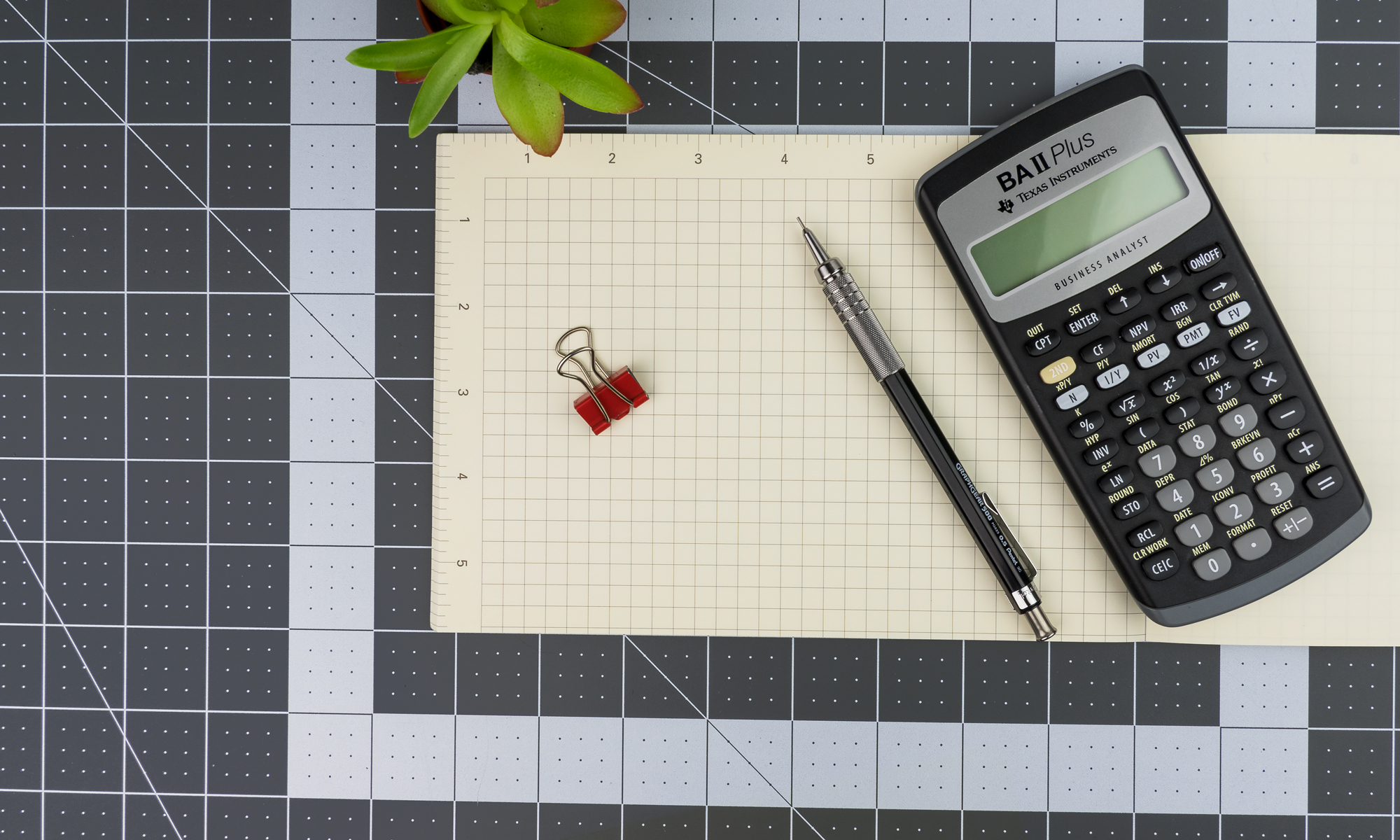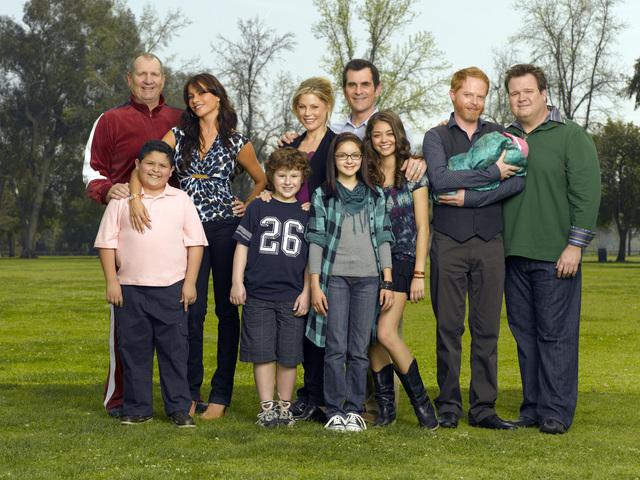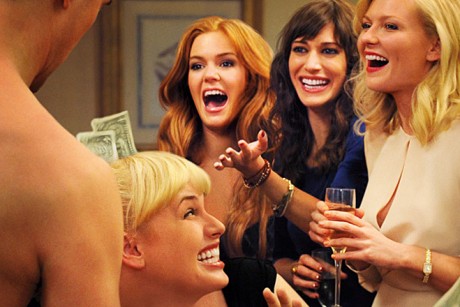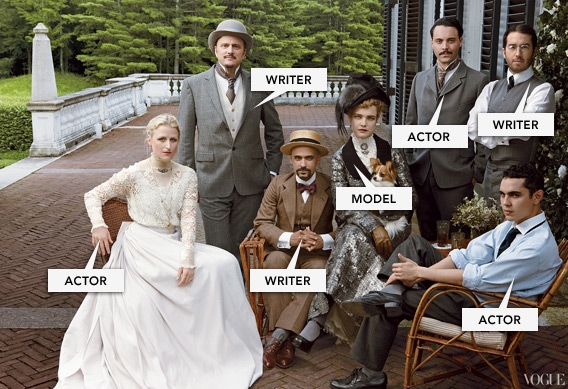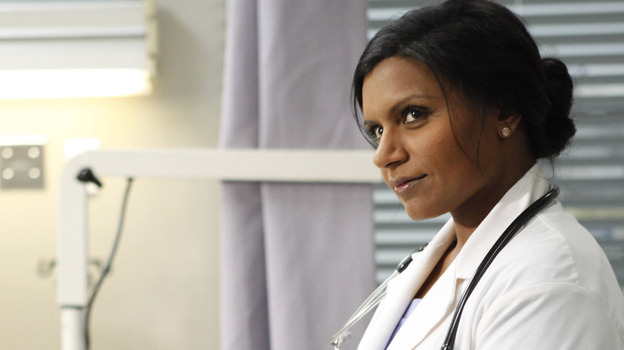
Mindy Kaling—like Lena Dunham, Beyoncé, and Michelle Obama—is one of my pretend best friends. I imagine us sitting around my apartment discussing the status of women in the entertainment industry, the end of the payroll tax holiday, and whether the genetic mingling of Kardashian and Kanye will produce a baby far cuter than the soon-to-be third-in-line to the House of Windsor. (The answer is yes.) I was subsequently predisposed to like The Mindy Project well before it aired—even taking into account its remarkably awful title. The pilot did not disappoint—with Kaling inhabiting her intelligent ditz persona while interweaving light comedy with subtly dark material. But then the actual season began and not only did the show’s setting inexplicably shift from Los Angeles to a NYC-soundstage housed in Los Angeles but the show’s edge—and Mindy’s voice—were decidedly blunted. There are so many questions raised by the first few episodes. Did the producers hope to appeal to a broader audience with a hyper-saturated lighting design brought to you by the 1990s? Does having a woman of color create and star in a show preclude the inclusion of any other non-white people? (Have you ever entered a doctor’s office and seen only white people? No, you have not.) Are the sitcom clichés and cardboard side characters really just meta-commentaries on the state of the modern romantic comedy? Perhaps, but I think it’s more likely that The Mindy Project just isn’t very good. Continue reading “In Praise of Chocolate Fountains”
